Over the past two years Gili Tal has had three solo exhibitions in Germany and London as well as participated in group exhibitions in Berlin and New York. Her exhibition Agonisers at Temnikova & Kasela Gallery in Tallinn (July-August 2015) was her first in the Baltics. After Tallinn the exhibition also travelled to 427 Gallery in Riga (06.08. – 28.08.2015).
Although Tal has received wide attention, which is indicated by her long list of solo exhibitions, it is difficult to find any substantial information about her. One of the few exhibition reviews is an article by Saim Demircan from Frieze Issue 168 (January-February 2015), which, strangely, isn’t an introduction to the work of a young artist, but an analytical interpretation of Tal’s exhibition in Berlin Panoramic Views of the City. Although the style and approach of the article seem to be down to the preference of the author, Demircan’s article does feel like (given the context) a culmination to the concealing of information pertaining to the fact that it is an emerging artist and raises questions about the reasoning behind it.
If the artist has in fact achieved something which brought her recognition in the art centres such as Berlin and London, why are we given so little information in order to appreciate those achievements? It is clear that because of this lack we cannot form our own opinion about the artist’s work. Instead, the artist is presented as someone of a self-evident value. We might expect the introduction to be provided by the gallery. One could of course say that it is an improvement on texts created by 500 letters online artist statement generator, but in fact, it is exactly that sort of International Art English vernacular which confronts the viewer in the anonymous text accompanying the exhibition.* Unfortunately, it does not contain anything explanatory or even anything outlining the artist’s intentions or aims. The text repeats the same symbols on display and reiterates their connections presented in the exhibition, but the use of obligatory IAE terms like reality and space, means it can really only be read as a textual cover, without which the work could not be exhibited.
Popularity does not necessarily mean being recognisable everywhere, but rather institutional representation. Thus, all that is left of the artist’s creative biography is a list of exhibitions.
It seems that the culprit behind this state of affairs is a wider tendency in the art world, instead of a simple lack of communication between the artist and gallery or a patronising attitude towards Estonia as a back-water, where everything that comes from the Western art scene has to be praised unquestioned. The phenomena of the young emerging artist seems to have created a marketing model wherein the artist no longer has to prove their worth through commitment to medium or subject, but where the value of the artist is guaranteed solely by the popularity of their name. Whereby, popularity does not necessarily mean being recognisable everywhere, but rather institutional representation. Thus, all that is left of the artist’s creative biography is a list of exhibitions. In this way, contemporary art starts to resemble old art, where we might not even know the name of the artist of the historical masterpiece, but the value of a work is determined by the number of exhibitions curators have included it in, certifying it’s value with their expertise.
Gallery
The word gallery in the Estonian context means a non-profit room, which can, in most instances, be used rent-free for exhibiting art works. The gallery as an institution representing artists is a marginal phenomena in Estonia of which Temnikova & Kasela does happen to be one of three. Their exhibitions have seemed to me to be an attempt to maintain contact with the local, while offering an outlet with which the local can still identify. The symbolic nature of Temnikova & Kasela exhibitions is further expressed by the fact that, although the gallery has tried to establish regular visiting hours, going to exhibitions requires prior notification and sometimes this might still not be enough to ensure access.
However, my experience with the Gili Tal’s exhibition showed that I might have been a bit naive: the gallery as an exhibition space does not only have local importance, but is something on which to capitalise on an international stage. It allows an artist to add yet another tick of institutional recognition into their CV. Although, on the surface, it might look like an exercise in product marketing, the number of visitors is not important. That being said, it would be beneficial to attract potential buyers or perhaps some gallerists or critics who might write something about an exhibition.
A common situation in Tallinn: in the summer there is a dip in local visitor numbers and it is hard to see any people making their way to Temnikova & Kasela. This reason, coupled with the necessity to pre-arrange any visit, leads me to believe that this exhibition should not be viewed as an artist’s manifesto presented to the public, but as diplomatic or perhaps a simply commercial dealing between the galleries?
Exhibition
I must admit that I rarely visit gallery exhibitions outside the Baltics and, therefore, my knowledge of what’s going on in Europe is very much shaped by exhibitions at the museums and art centres. From my perspective I would say that the art world is entering a pop-art renaissance and that, although her agenda remains unclear, Gili Tal is also moving in this direction. Tal uses some elements which have become popular in the recent wave of conceptualism. The most direct example of this is her work Americana (2015) – a completely normal doormat, which, just like the dust in the corner of the room, can only be distinguished as art, not by stepping on it, but by reading the list of exhibited works. A little more ambivalent is Benevolence / Malevolence (2015), which is exhibited in a fridge in the corner of the gallery and consists of Coca-Cola cans with white hearts on them together with anything else one might usually find in a fridge. These ready-mades are not the uncompromising silent objects of conceptualism, though. They take on the roll of symbols, which are given a collective meaning, by two videos Agoniser 1 (heart) and Agoniser 2 (globe), which provide the central narrative for the exhibition. The former of these shows the automatic doors of a grocery store opening and closing as people enter and exit. The doors are emblazoned with “We [our store] loves food.” (Lebensmittel, direct translation would be means of life) and “We are glad you share our love.” The second video shows a drinks machine and next to it a screen reporting weather around the world. The punch line of the installation are doormats placed under the DVD player on the floor, which remind the viewer that they are standing on a threshold.
As said above, the intent of the artist remains rather vague among all this. Has she used the icons of pop-art, filtered through the paradigm of 90s socially critical art and aligned them with the rather more recent aesthetics of the white cube? If so, there is little we can do but shrug. Or is it a song in praise of consumer society, which might be presumed based on the two pairs of advertisements for street fashion printed on canvas Flaneur 69 and Flaneur 95 (2015)? If the latter is true, then the exhibition has, unfortunately, failed to convey its message.
* Editor’s note:
The annonymous text accompanying the exhibition was provided in Estonian-only and it was available only at the exhibition space. No press release was provided in Estonian or English neither on the official website of Temnikova & Kasela gallery, nor via social media. We made an inquiry to the gallery about the English translation of the text, but no answer was given. No information apart the title and some images was provided by the 427 gallery in Riga where the exhibition was moved later, nor was it provided by the artist herself. In order to avoid misunderstanding and in order to provide it’s readers with all available information about the exhibition, the Magazine initiated the translation of the material. The translation was also crucial for the editorial work. However, when we revisited the website we found that the translation has been published together with the photographs from the exhibition. No reply was received from the gallery to this day. The fact that no English translation was provided prior to the exhibition raises the question of whether the artist has actually read it, which in itself is telling regarding the approaches of the curators of this exhibition.
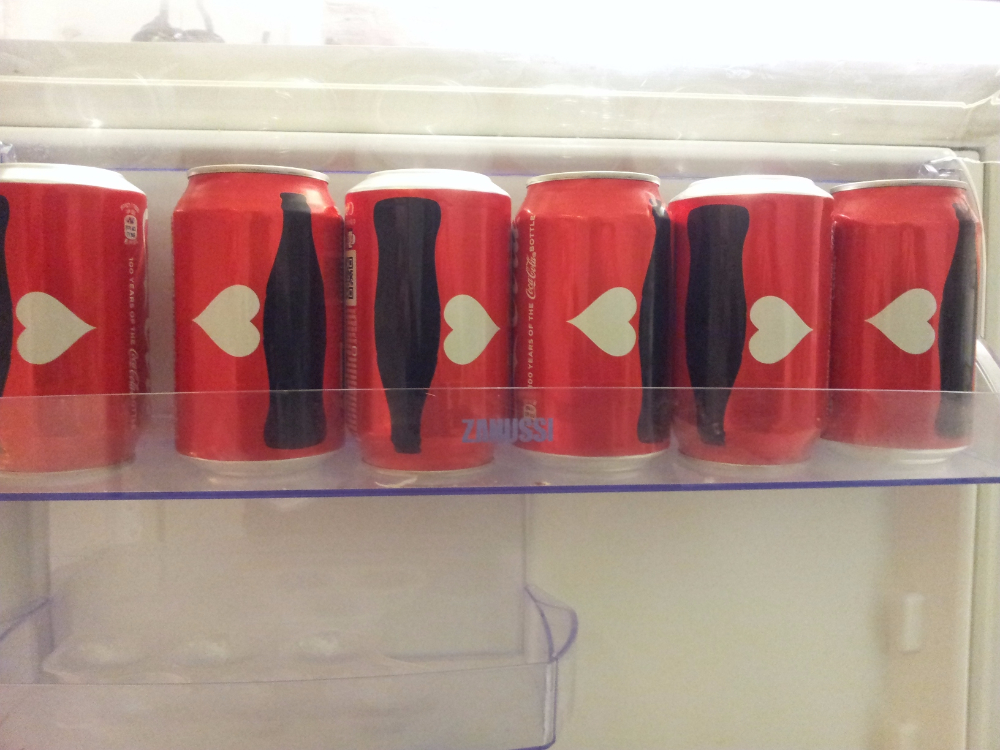
Benevolence / Malevolence, 2015. Coca-Cola cans, Fridge, the content of the fridge. Variable diameters
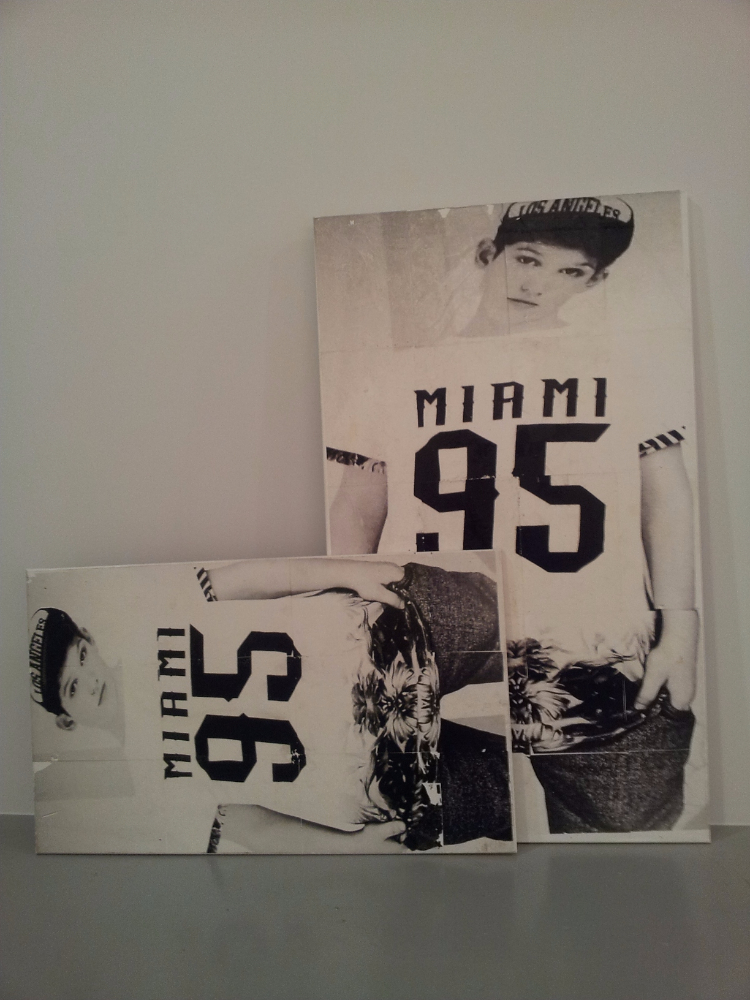
Flaneur ’95, 2015. Lazertan and oil on canvas. 135×75 cm, 100×60 cm
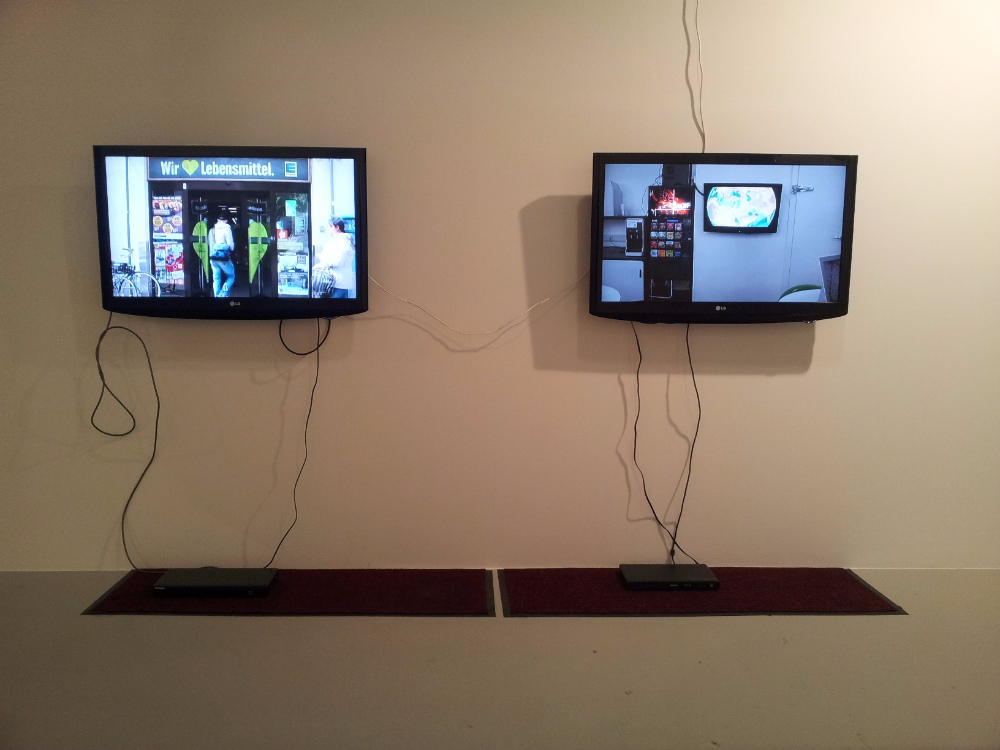
Agonisers 1 (heart), 2015. Monitor, DVD player, DVD, industrial doormat. Variable diameters (left); Agonisers 2 (globe), 2015. Monitor, DVD player, DVD, industrial doormat. Variable diameters (right)
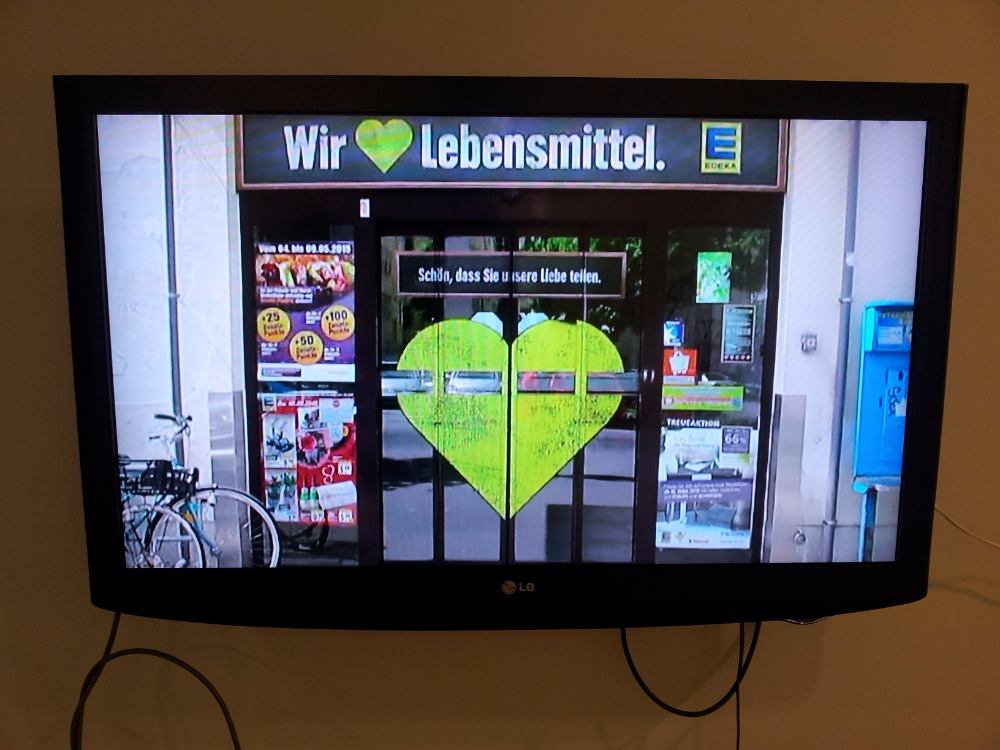
Agonisers 1 (heart), 2015. Monitor, DVD player, DVD, industrial doormat. Variable diameters
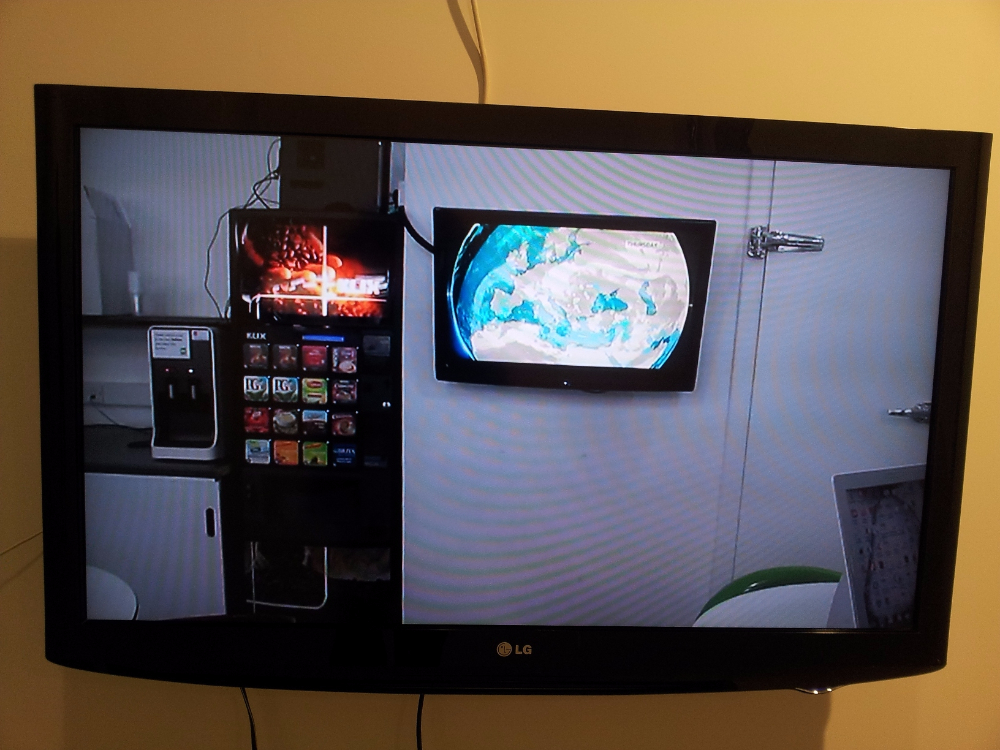
Agonisers 2 (globe), 2015. Monitor, DVD player, DVD, industrial doormat. Variable diameters
Photographs were taken as visual notes by the author.
For full documentation see temnikova.ee
























